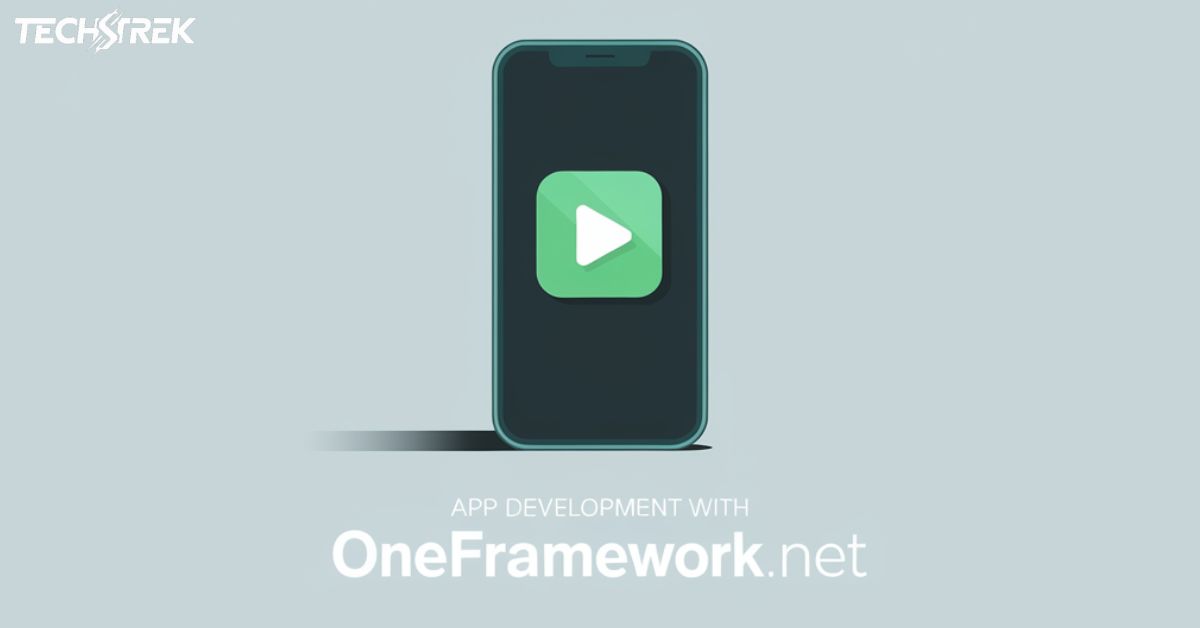OneFramework.net is a versatile tool for app development. It helps create various types of apps easily. This framework suits both beginners and experts alike.
Want to make great apps fast? OneFramework.net might be your answer. It’s packed with features that speed up development. You’ll find it useful for many projects.
In this article, we’ll explore OneFramework.net in depth. We’ll cover its features, setup, and best practices. By the end, you’ll know if it’s right for your next app.
What is OneFramework.net?
OneFramework.net is a powerful platform for app development. It’s designed to make coding easier and faster. This framework works for both web and mobile apps.
Developers use it to build software solutions quickly. It has tools for enterprise solutions too. The framework helps with app testing and optimization.
OneFramework.net is more than just a coding framework. It’s a complete ecosystem for app development projects. It provides a solid foundation for various types of apps.
Key Features of OneFramework.net

OneFramework.net stands out in the world of app development tools. It offers a range of features that appeal to developers. Let’s look at what makes it special.
Versatility
OneFramework.net works for different types of apps. You can use it for web apps, mobile apps, and more. This versatility is a big plus for developers.
The framework adapts to various project needs. It’s great for both simple and complex apps. You don’t need separate tools for different platforms.
With OneFramework.net, you can reuse code across projects. This saves time and reduces errors. It’s a smart choice for efficient app development.
Scalability
Apps need to grow as user numbers increase. OneFramework.net makes this easy. It’s built to handle growing demands on your app.
The framework offers tools for scaling solutions. These help manage increased traffic and data. Your app can grow without major rewrites.
Scalability is key for long-term success. OneFramework.net ensures your app can handle future growth. It’s a framework that grows with your needs.
Security
Security is crucial in app development. OneFramework.net takes this seriously. It offers robust features for secure app development.
The framework includes tools for authentication and authorization. These help protect user data and app functionality. You can easily implement strong security measures.
OneFramework.net also helps with data protection. It offers ways to encrypt sensitive information. This keeps your users’ data safe from threats.
Community Support
A strong community backs OneFramework.net. This is valuable for any app development framework. You can find help and resources easily.
The community shares knowledge and solutions. This helps solve problems faster. You’re not alone when using OneFramework.net.
There are forums, tutorials, and documentation available. These resources make learning and troubleshooting easier. The community is a big asset for developers.
Setting Up OneFramework.net
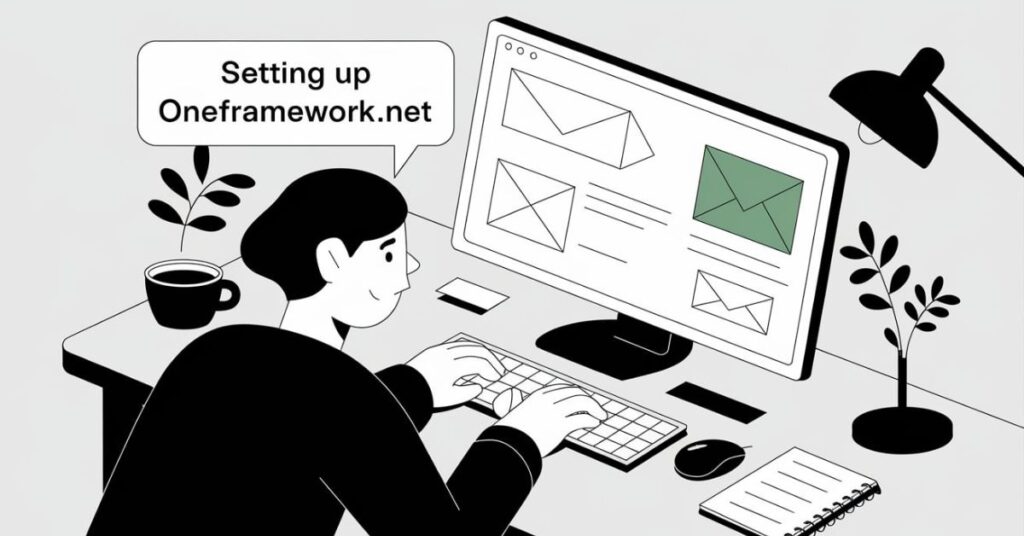
Getting started with OneFramework.net is straightforward. Here’s a simple guide to set it up. Follow these steps to begin your app development journey.
1. Download and Install
Visit the official OneFramework.net website. Look for the download section. Choose the version that fits your needs.
Download the framework files to your computer. Follow the installation instructions provided. Make sure you meet all system requirements.
2. Configure Your Environment
Set up your development environment. This includes your code editor and any necessary plugins. OneFramework.net may have specific requirements.
Configure your database connections if needed. Set up any additional tools you’ll use. Make sure your environment variables are correctly set.
3. Initial Setup
Create a new project using OneFramework.net. Use the command line or GUI tools provided. Follow the prompts to set up your project structure.
Configure your project settings. This includes database connections and app settings. Customize these based on your project needs.
Developing Your First App

Creating your first app with OneFramework.net is exciting. It’s a chance to see the framework in action. Let’s go through the basic steps.
1. Plan Your App
Before coding, plan your app thoroughly. Define its purpose and main features. Think about the user experience you want to create.
Sketch out the app’s structure and flow. Decide on the data you’ll need to store. Consider how users will interact with your app.
2. Create a Project Template
Use =it to create a project template. This sets up the basic structure for your app. It saves time and ensures consistency.
Choose the right template for your app type. Modify it to fit your specific needs. Add any additional folders or files you’ll need.
3. Write Your Code
Now it’s time to start coding. Use its features to build your app. Follow best practices for clean, efficient code.
Implement your app’s features one by one. Use the framework’s tools and libraries. This helps speed up development and reduces errors.
4. Test Regularly
Testing is crucial in app development. Test your app frequently as you build it. This helps catch and fix issues early.
Use OneFramework.net’s testing tools. They help automate some testing processes. Test different aspects of your app, including functionality and performance.
Essential Tools for OneFramework.net Development
OneFramework.net works best with certain tools. Here are some essentials:
- Integrated Development Environment (IDE): Choose an IDE that supports OneFramework.net, like Visual Studio or Visual Studio Code.
- Version Control: Git is highly recommended for tracking changes and collaborating with others.
- Package Manager: Use NuGet to manage dependencies in your OneFramework.net projects.
- Database Management Tool: Depending on your database choice, tools like SQL Server Management Studio or MySQL Workbench can be helpful.
- Browser Developer Tools: Essential for debugging and optimizing web applications built with it.
Best Practices for Successful App Development
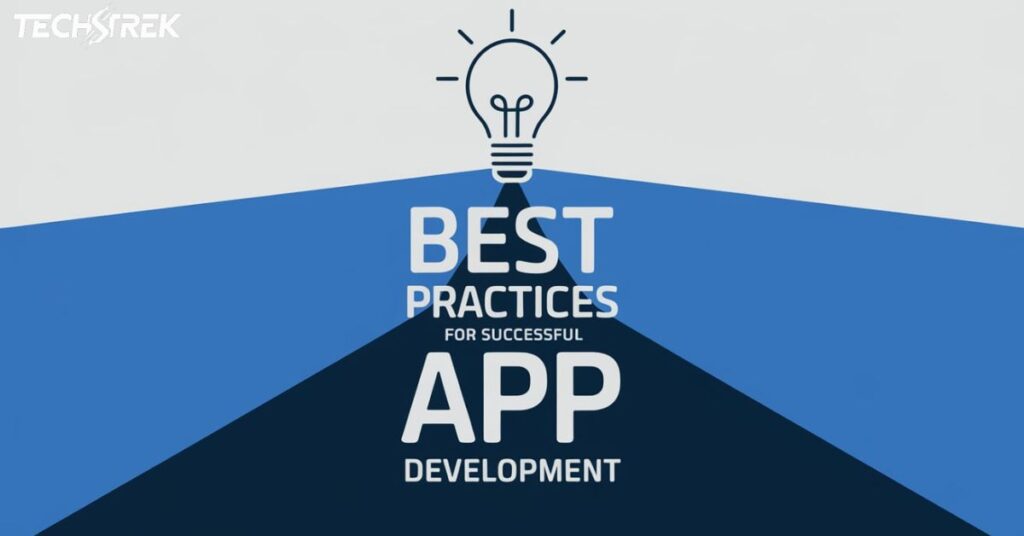
Following best practices leads to better apps. They help you write cleaner, more efficient code. Let’s look at some key practices for OneFramework.net.
Modular Coding
Break your app into smaller, reusable modules. This makes your code easier to manage. It also helps with testing and debugging.
Create functions and classes that do specific tasks. Avoid writing long, complex functions. This makes your code more readable and maintainable.
Version Control
Use version control systems like Git. They help track changes in your code. This is crucial for collaboration and code management.
Commit your changes regularly. Write clear commit messages. This helps you understand what changed and why.
Documentation
Write clear documentation for your code. This helps others understand your work. It also helps you remember why you made certain choices.
Document your functions, classes, and modules. Explain how different parts of your app work together. Include setup instructions and usage examples.
Security Protocols
Implement strong security measures in your app. Use its security features. This protects your app and its users.
Use secure authentication methods. Encrypt sensitive data. Follow best practices for handling user information.
Customizing UI/UX
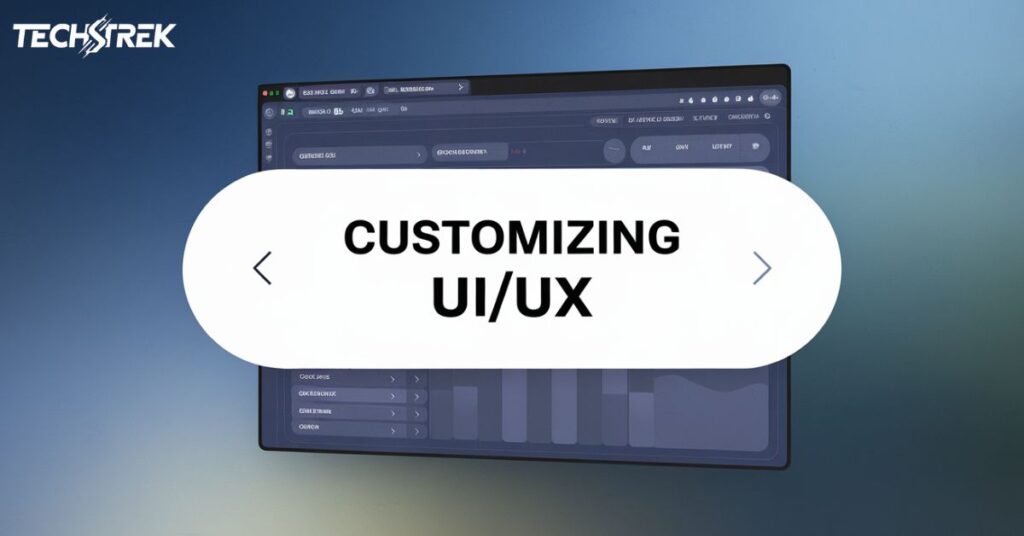
A great user interface enhances app usability. OneFramework.net offers tools for UI/UX design. Let’s explore how to create engaging interfaces.
Reusable Components
Create a library of reusable UI components. This includes buttons, forms, and other elements. It ensures consistency across your app.
Use its component system. It helps create modular, reusable pieces. This speeds up development and maintains a cohesive look.
Responsive Design
Design your app to work on various devices. Use responsive design principles. This ensures a good experience on phones, tablets, and desktops.
OneFramework.net has tools for responsive design. Use them to create flexible layouts. Test your app on different screen sizes.
Integrating APIs
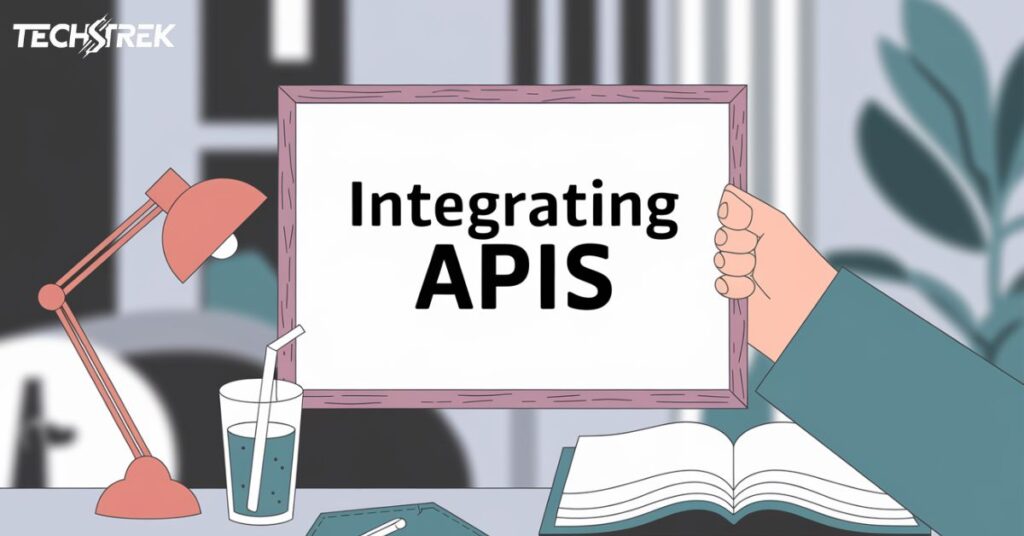
APIs connect your app to external services. OneFramework.net makes API integration easier. Let’s look at how to handle this important aspect.
API Management
Choose the right APIs for your app. It helps manage multiple APIs. This keeps your integrations organized and efficient.
Use the framework’s tools for API authentication. Handle rate limiting and error responses. This ensures smooth communication with external services.
Data Handling
Process API data efficiently in your app. Use OneFramework.net’s data handling features. This helps manage incoming and outgoing information.
Implement proper error handling for API calls. Cache data when appropriate to improve performance. Handle data formatting and transformation as needed.
Performance Optimization
App performance is crucial for user satisfaction. OneFramework.net offers tools for optimization. Let’s explore how to make your app run smoothly.
Caching Strategies
Implement effective caching in your app. This reduces server load and speeds up responses. OneFramework.net provides caching tools to help.
Cache frequently accessed data. Use browser caching for static assets. Implement server-side caching for dynamic content.
Code Optimization
Review and optimize your code regularly. Look for inefficient algorithms or loops. Use its profiling tools to identify bottlenecks.
Minimize database queries where possible. Use asynchronous operations for better performance. Optimize images and other assets.
Read this Blog: Fashion 6 Cell 10.8V 4001mAH-5000mAH Replacement Laptop Battery for ASUS
Security Enhancements
Security is paramount in app development. OneFramework.net provides tools for robust security. Let’s explore how to enhance your app’s defenses.
Authentication and Authorization
Implement strong user authentication. Use secure methods like multi-factor authentication. It offers tools for this.
Set up proper authorization controls. Ensure users can only access appropriate data. Implement role-based access control if needed.
Data Protection
Encrypt sensitive data in your app. Use OneFramework.net’s encryption tools. This protects information both in transit and at rest.
Implement secure data storage practices. Be careful with how you handle user information. Follow data protection regulations in your region.
Deployment Strategies
Deploying your app effectively is crucial. It supports various deployment methods. Let’s explore some strategies for smooth launches.
Continuous Integration and Continuous Deployment (CI/CD)
Implement CI/CD pipelines for your app. This automates testing and deployment. OneFramework.net integrates well with CI/CD tools.
Set up automatic testing for each code change. Configure automatic deployments for successful builds. This speeds up the development cycle.
Monitoring and Maintenance
Set up monitoring tools for your deployed app. Track performance, errors, and user behavior. OneFramework.net offers integration with monitoring services.
Regularly update and maintain your app. Fix bugs promptly. Implement new features based on user feedback and needs.
Leveraging Community Resources
The OneFramework.net community is a valuable resource. It offers support, knowledge, and tools. Let’s explore how to make the most of it.
Engage with other developers using the framework. Share your experiences and learn from others. Contribute to open-source projects if possible.
Community resources can greatly enhance your development process. They provide solutions and inspiration. Use them to improve your skills and apps.
Troubleshooting Common OneFramework.net Issues
Even experienced developers face challenges. Here are some common issues and solutions:
- Dependency Conflicts: Use the package manager to resolve version conflicts.
- Performance Bottlenecks: Utilize it to built-in profiling tools to identify and fix slow areas in your code.
- Database Connection Issues: Double-check your connection strings and ensure your database server is running.
- Deployment Failures: Review your deployment logs and ensure all dependencies are correctly configured in your production environment.
- API Integration Problems: Verify API endpoints and authentication details, and use appropriate error handling.
Bottom Line
OneFramework.net is a powerful tool for app development. It offers versatility, scalability, and strong community support. These features make it a great choice for many projects.
We’ve covered key aspects of using OneFramework.net. From setup to deployment, it provides tools for every stage. Its focus on security and performance is particularly valuable.
Remember, successful app development is an ongoing process. Keep learning, optimizing, and engaging with the community. With it, you’re well-equipped for your app development journey.
Frequently Asked Questions
What makes OneFramework.net suitable for app development?
OneFramework.net offers versatility, scalability, and robust security features for efficient cross-platform app development.
How does OneFramework.net support API integration?
It provides built-in tools for API management, authentication, and efficient data handling.
Can OneFramework.net handle both web and mobile app development?
Yes, it is designed to support both web and mobile app development within a single ecosystem.
What performance optimization tools does OneFramework.net offer?
OneFramework.net includes caching strategies, code profiling tools, and asynchronous operation support for performance optimization.
How does OneFramework.net assist in UI/UX design?
It offers a component system for creating reusable UI elements and tools for implementing responsive design across devices.
